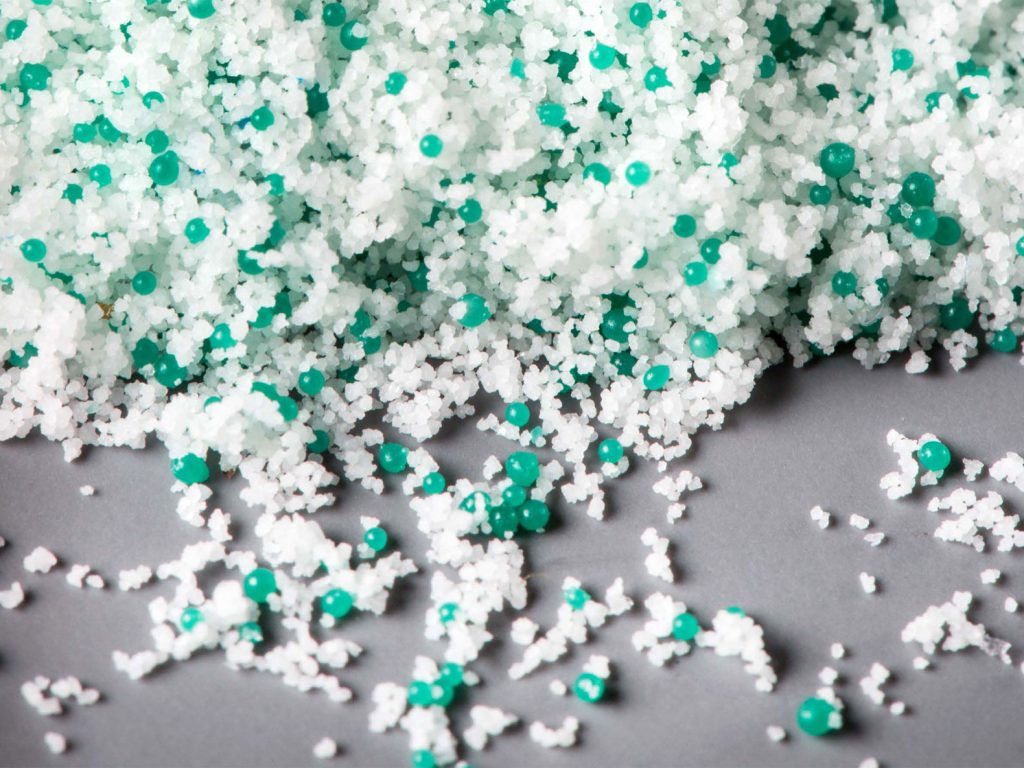The presence of plastics in the World Ocean is well known, but what do we know about its presence in the sea salt widely consumed by humans across the globe? A recent study by Malaysian researchers examining the purity of 17 commercial sea salt brands from eight different countries found chemical traces in all samples. The contaminants include microplastics and pigments associated with textile, rubber and fiberglass products.
The study was carried out by dissolving the salts and filtering out the remaining solid particles that were then examined visually using Raman spectroscopy, a process that identifies molecules by laser light. The scientists from Universiti Putra Malaysia who conducted the study analyzed salt from Australia, France, Iran, Japan, Malaysia, New Zealand, Portugal and South Africa.
Sea salt is typically obtained evaporating off water, which leaves only the solids behind. Of the 72 distinct particles found 41.6% were determined to be plastic polymers, while another 23.6% were pigments. The mean size of these particles was around half a millimeter, with the largest close to a millimeter.
While the authors of the study state there are “negligible health risks associated with the consumption of salts” they warn that the “increasing trend of plastic use and disposal, however, might lead to the gradual accumulation of MPs [microplastics] in the oceans and lakes and, therefore, in products from the aquatic environments”
Think about it next time you will have Kettle Chips with Sea Salt & Microplastic Particles. Not exactly what one dreams of when envisioning a circular economy. However, it does teaches us an important lesson: everything we feed into the environment is eventually fed back to us.
Sources: Nature.com, Environews. Thanks Josephine.

Share your thoughts and join the technology debate!
Be the first to comment